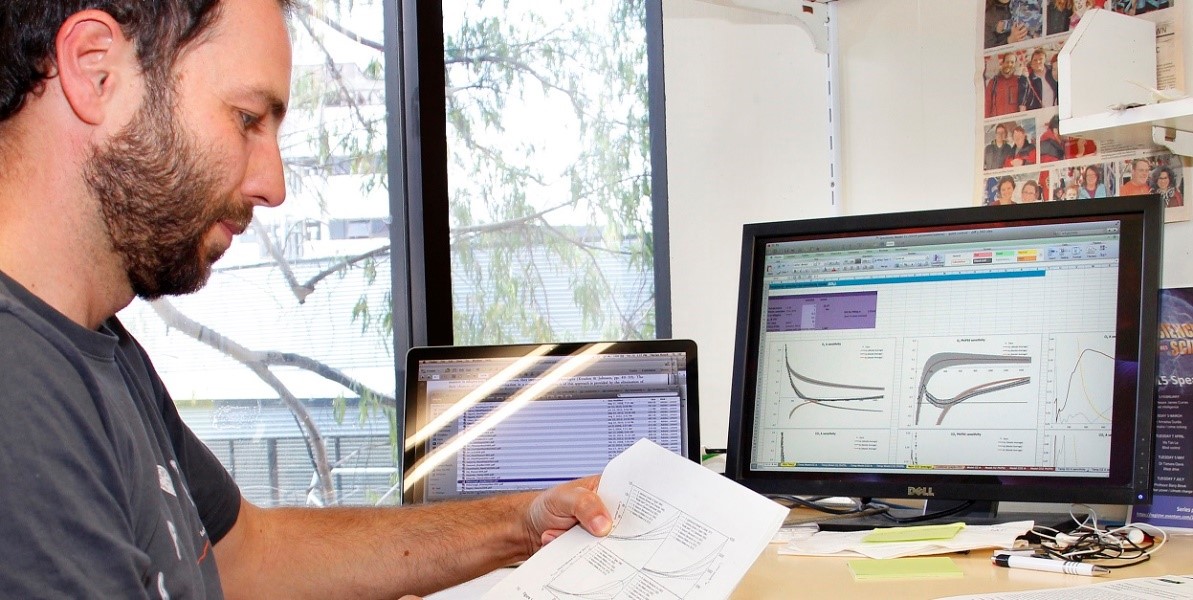Don't forget nitrogen, when looking at how plants capture CO2

Every time you breathe you are producing carbon dioxide and taking up oxygen from the atmosphere. However, plants are able to do the contrary; using sunlight they produce oxygen and capture CO2, which in a crop means more food production where more CO2 is captured.
The tricky bit is that during photosynthesis plants also breathe through photorespiration, which until now, has been considered a process that wastes energy and steals carbon that would otherwise be used to produce more leaves, fruits or seeds.
Now, a recent study published in the journal Nature Plants, is showing that plants have mechanisms to minimize the wasteful effects of photorespiration and even benefit from it.
“We have shone light on an aspect of photorespiration that hasn’t been considered before; it acts as a bridge that links two different biochemical pathways inside plants, the assimilation of carbon and that of nitrogen,” said ANU lead researcher Dr Florian Busch from the Research School of Biology and the ARC Centre of Excellence for Translational Photosynthesis.
“Our work provides explanations to two big questions about how plants capture CO2 that have puzzled scientists for years, including a decrease in CO2 assimilation at high CO2 concentrations and the way nitrogen assimilation declines in plants grown at elevated CO2 conditions.”
There is a widely-accepted view that photorespiration is an impediment to growth and yield, but the scientists found that plants offset some of the negative aspects of photorespiration by assimilating nitrogen and capturing carbon, not as sugars but as amino acids.
For years, people have used the popular Farquhar, von Caemmerer and Berry mathematical model to understand how the complex process of photosynthesis works. This new addition to the model makes it more precise, adding aspects that were overlooked in the past.
“We have revamped the model, improving its predictive ability and at the same time, we have improved our understanding of what plants are doing during photosynthesis, proposing that photorespiration offers advantages that make up for some of its downsides” said Dr Busch.
This work was funded by the Australian Research Council (ARC) Centre of Excellence for Translational Photosynthesis (CoETP) at the Australian National University and by the Australian Science Industry and Endowment Fund (SIEF).
